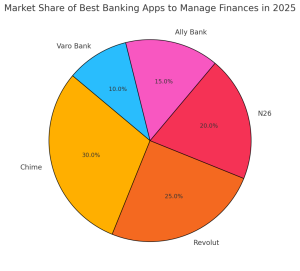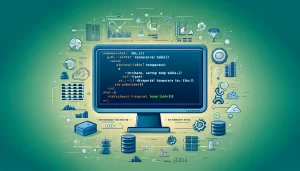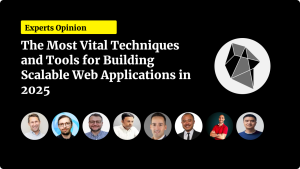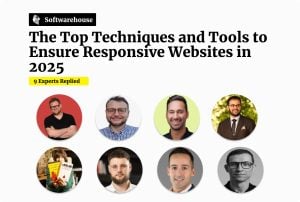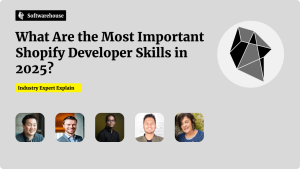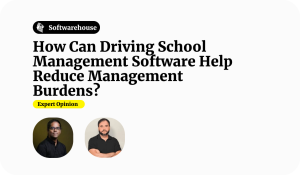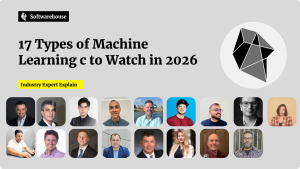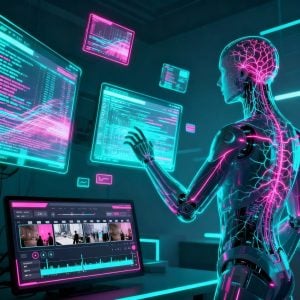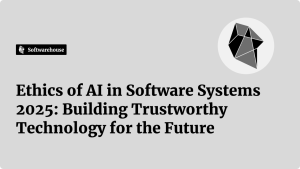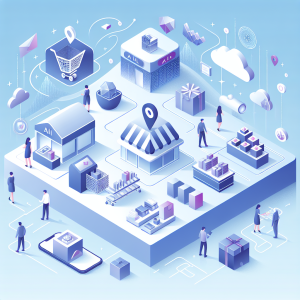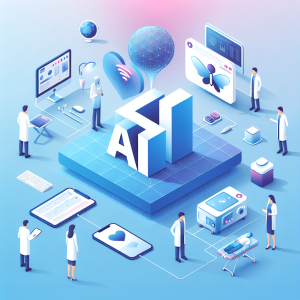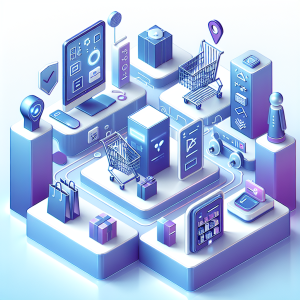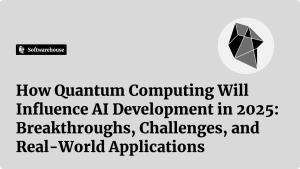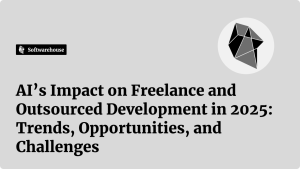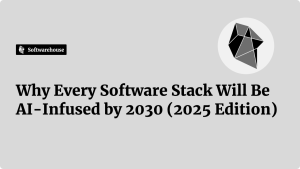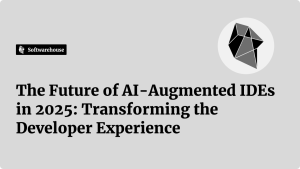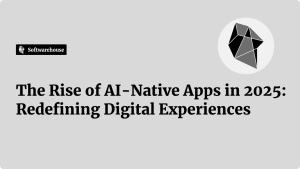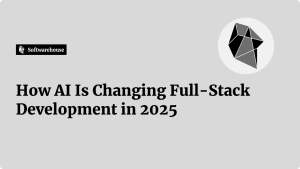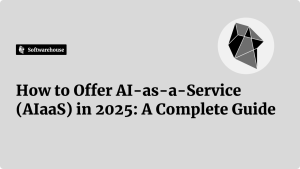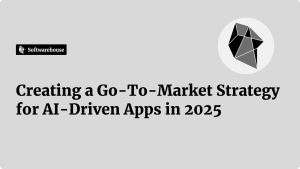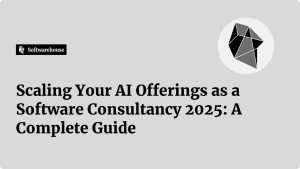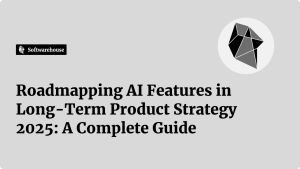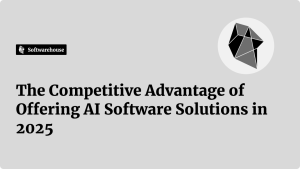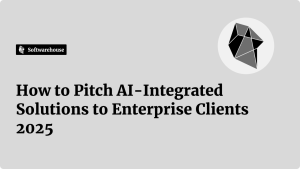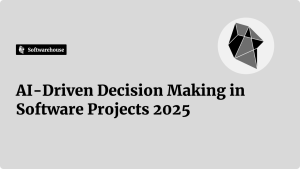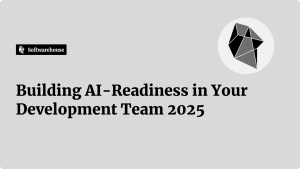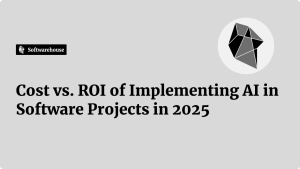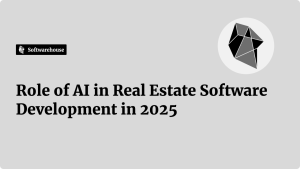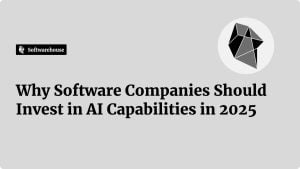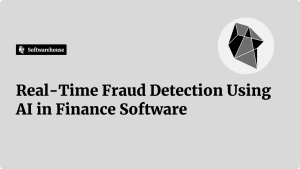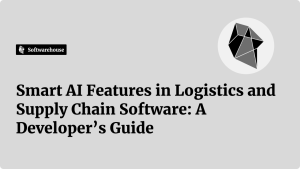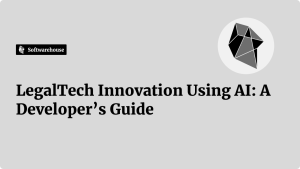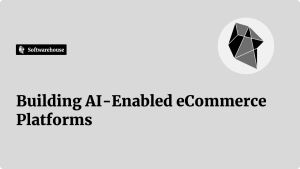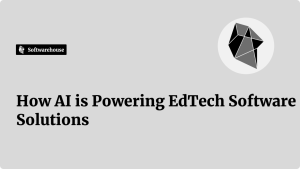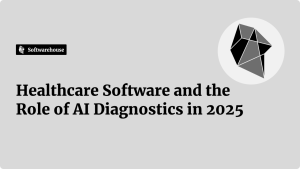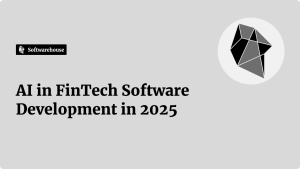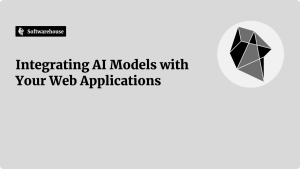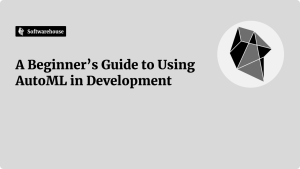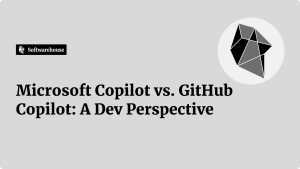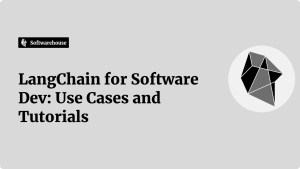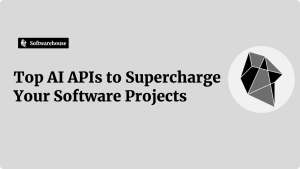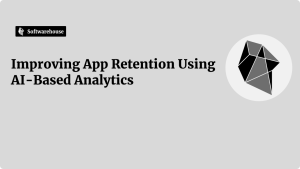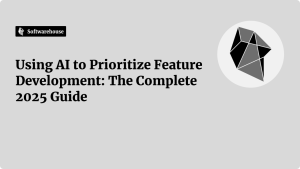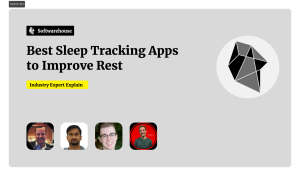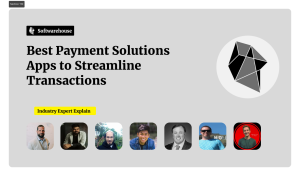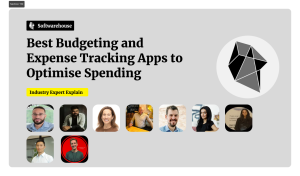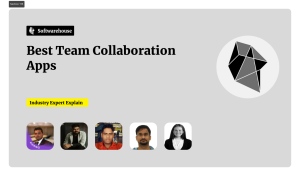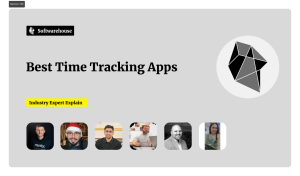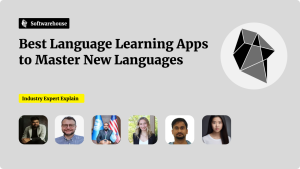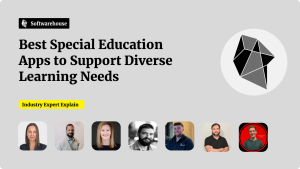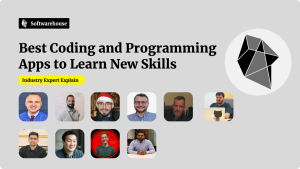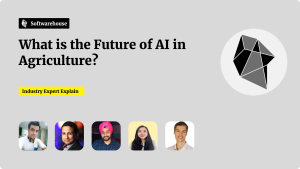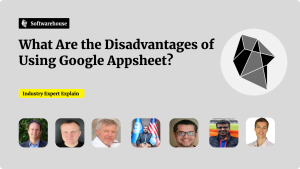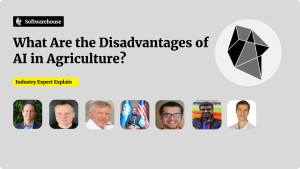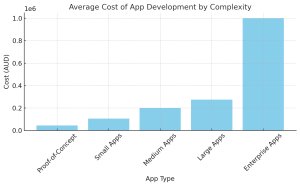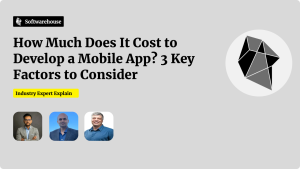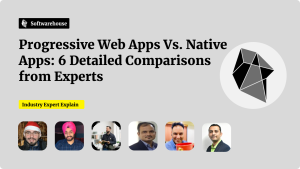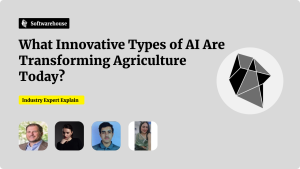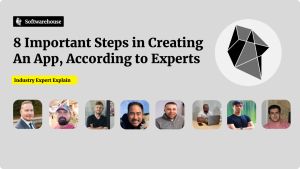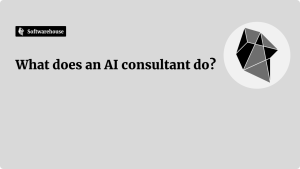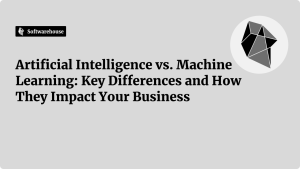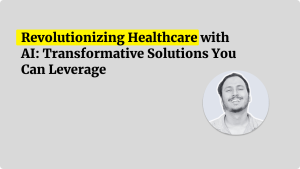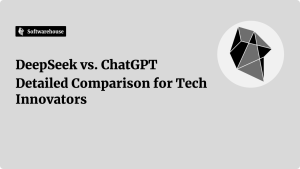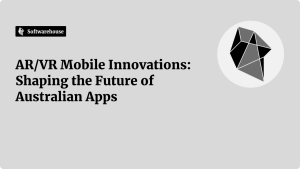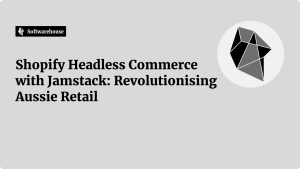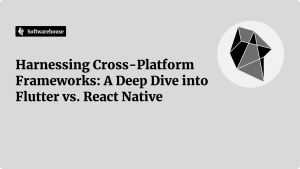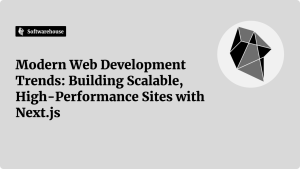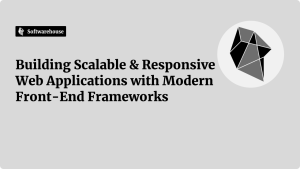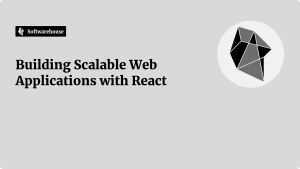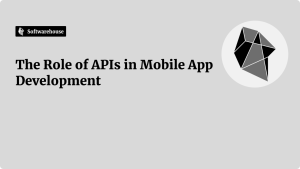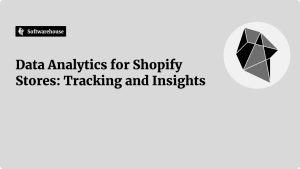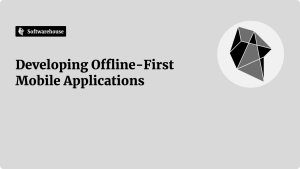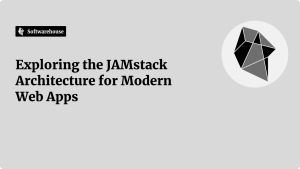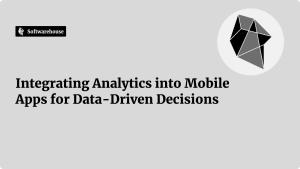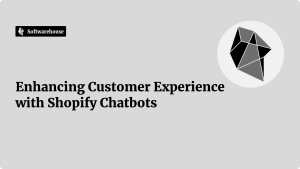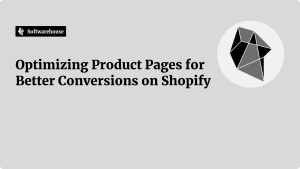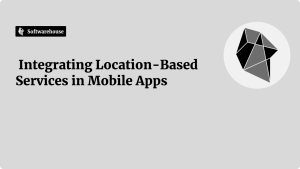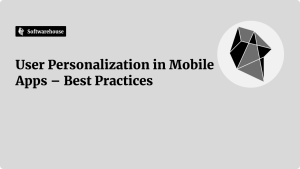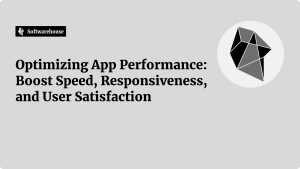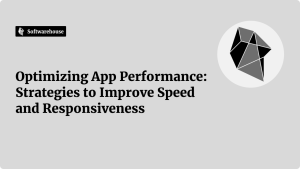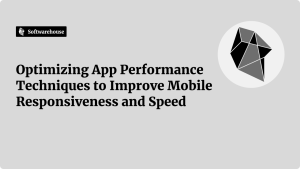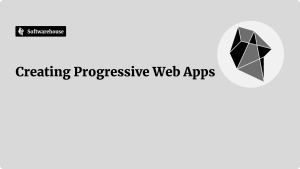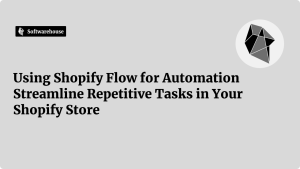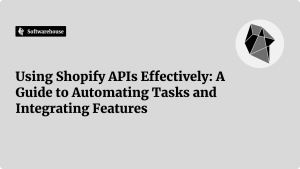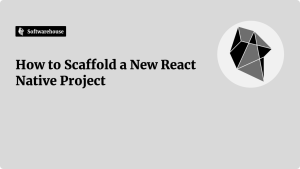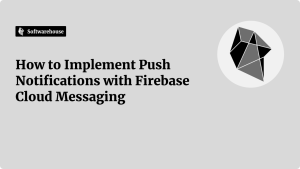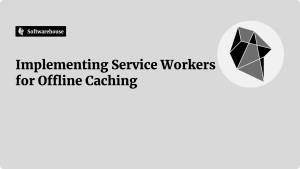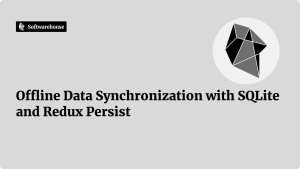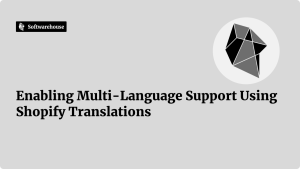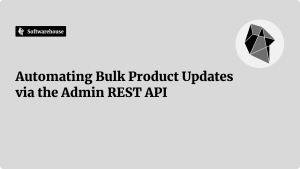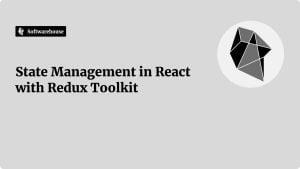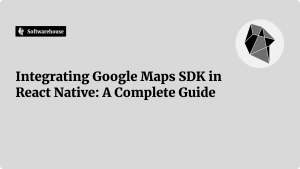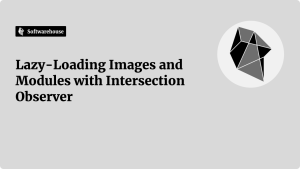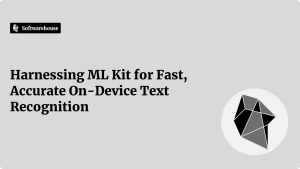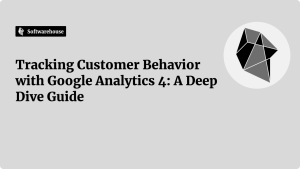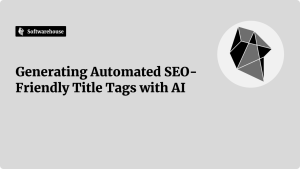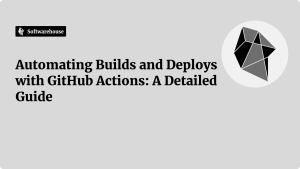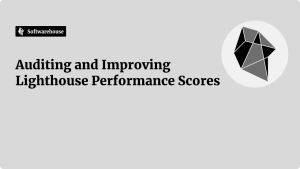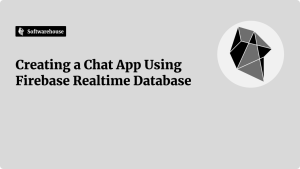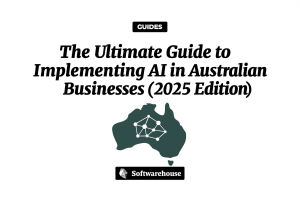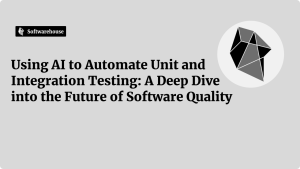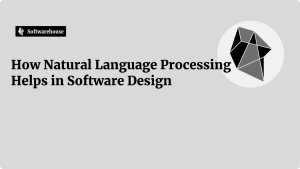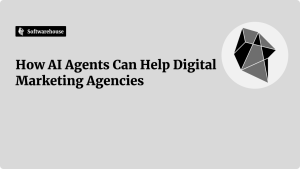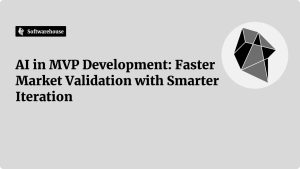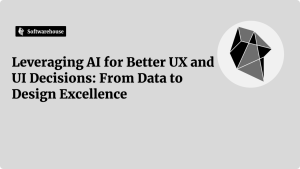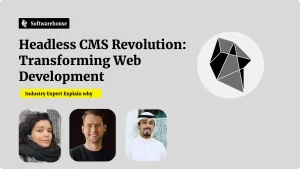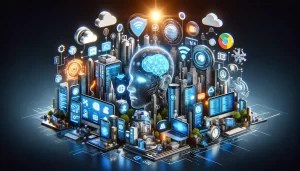Introduction
In 2025, the realm of full-stack development is being radically transformed by artificial intelligence. From automated code generation to AI-driven DevOps and intelligent front-end design, AI is no longer a supporting actor—it’s a co-developer. If you’re a developer, team lead, CTO, or tech strategist, this blog dives deep into how AI is reshaping every layer of the stack, accelerating workflows, cutting errors, and unlocking new creative possibilities. Read on to discover practical examples, expert insights, and actionable takeaways to future-proof your development process in a world where AI and humans collaborate more than ever.
1. AI-Assisted Code Generation: From Boilerplate to Brainpower
1.1 Generative AI as Your Coding Partner
AI tools like GitHub Copilot, OpenAI’s Codex, and Codeium have evolved beyond autocomplete—they now help design functions, write tests, and even debug. In 2025, generative AI understands context better and can:

- Generate fully functional modules from natural language prompts (“build a REST API in Node.js that handles user authentication”).
- Refactor legacy code for readability and performance.
- Suggest alternative implementation patterns (e.g., suggesting reactive hooks over imperative constructs for a UI feature in React).
Use Case: REST API in Minutes
Imagine you need to spin up a microservice for user profiles. You describe:
Create a Python Flask endpoint that returns paginated user data with filtering by age and region, using SQLAlchemy.
The AI scaffolds: the Flask routes, paginated query logic, filtering, SQLAlchemy models, and even hints at pagination UI interactions on the front-end. You simply fine-tune.
1.2 Quality, Consistency, and Trust
There’s more to AI-generated code than speed. As of 2025:
- Linting and style consistency: AI respects your code style guidelines (Prettier, ESLint, Black).
- Security vetting: Tools incorporate static analysis to avoid common vulnerabilities (injection, XSS, insecure deserialization).
- Test scaffolding: Units and integration tests accompany generated code, ensuring confidence before deployment.
Real-world example: At a fintech startup, AI-driven code generation reduced the time to launch a new service by 60%, while maintaining high test coverage and passing security scans.
2. Smarter DevOps and CI/CD Pipelines
2.1 Predictive Build & Deployment Optimization
In modern CI/CD, AI monitors build times, identifies flaky tests, and recommends prioritizing high-failure test suites. For instance:
- Test risk scoring: AI prioritizes tests likely to fail based on recent changes.
- Cache optimization: AI suggests smarter dependency caching strategies to speed up builds.
- Automatic rollbacks: If performance regressions or anomalies occur post-deployment, AI initiates safe rollbacks proactively.
Example Scenario
Your dev team experiences slow builds and sporadic deployment failures. AI-integrated CI/CD tools analyze historical data and suggest:
- Splitting the monolith’s test suite: fast unit tests run first; slower end-to-end tests run later.
- Automated pre-merge build validation in isolated staging.
The result? Build times cut by 40%, deployment reliability improved, and developer stress reduced.
2.2 Observability Enhanced by AI
AI-augmented observability tools now go beyond dashboards:
- Anomaly detection: Unusual latency, error spikes, or traffic patterns are flagged in real-time.
- Root-cause insights: AI highlights likely causes (e.g., a new query caused DB index scans to balloon).
- Self-healing: In advanced setups, AI can scale services or adjust resources before incidents escalate.
A major e-commerce platform used this to detect a slow SQL query during peak traffic, auto-scale its read-replica cluster, and prevent downtime—without human intervention.
3. Intelligent Front-End Development: Beyond Manual UI Design
3.1 AI-Powered UI/UX Assistant
AI tools now assist in crafting polished user interfaces:
- Convert design specs (Figma, Sketch) into production-ready React, Vue, or Svelte components.
- Suggest accessible improvements: ARIA attributes, keyboard navigation, color contrast adjustments.
- Auto-generate responsive styles (mobile, tablet, desktop variants).
Analogy: If traditional UI dev is like sculpting from clay, AI-assisted UI is like using smart molds—faster creation with guided precision.
Example Flow
Design team uploads a Figma page with a login form and dashboard widgets. AI outputs:
- A clean React component with Tailwind CSS classes.
- ARIA roles for accessibility.
- Responsive styling auto-tuned for three breakpoints.
UI developers refine logic, achieving high fidelity in minutes rather than hours.
3.2 Natural Language to UI Code Snippets
With LLM-powered assistants, you can describe UI elements in plain English:
- “Create a card component with a header, image, price, and ‘Buy Now’ button. Make it hover-elevate.”
- The AI replies with code, CSS, and suggestions for reusability and theming.
Teams report these AI-generated snippets often becoming production-ready after small tweaks, accelerating front-end iteration cycles.
4. AI-Driven Data Modeling and Back-End Logic
4.1 Intelligent Schema Design and Generation
Designing databases and schemas benefits from AI:

- Given a description of entities and relationships (e.g., user, posts, comments, tags, follows), AI proposes relational or NoSQL models.
- Automates generation of migration scripts (Alembic, Flyway).
- Recommends appropriate indexing strategies based on access patterns.
Real-World Scenario
A social-media startup defines core entities via prompt (“users post content, comments support replies, tags categorize posts, users follow others”). The AI outputs:
- PostgreSQL schema design with foreign keys.
- Migration script.
- Index suggestions (e.g., index on post.tags, follower relations).
This slashed design iteration time from days to hours.
4.2 Business Logic Suggestions & Domain Modeling
AI also aids in defining domain logic:
- Suggests service layers, validation rules, and domain entities.
- Helps map use cases to REST or GraphQL endpoints, linking to business logic functions.
- Offers caching strategies for costly reads (e.g., query result caching, Redis suggestions).
Think of it as pairing with an AI “architect” that proposes well-structured, maintainable code paths.
5. Enhanced Bug Detection, Debugging, and Code Review
5.1 AI-Powered Static & Dynamic Analysis
AI tools no longer rely solely on heuristics; they learn from vast code repositories:
- Static analysis catches more subtle bugs (off-by-one errors, null dereferences, race conditions).
- Dynamic profiling spots performance hotspots and memory leaks.
A tech company using AI code review experienced a 30% drop in production bugs related to concurrency issues—issues often hard to spot in code review.
5.2 Automated Code Review Suggestions
Instead of generic feedback (“add docstring”), AI-enabled code review tools offer:
- Context-aware suggestions (“You’ve duplicated this function across modules—consider extracting it”).
- Performance notes (“This N+1 database query may cause latency; can we fetch via join or batch?”).
- Security hints (“Unsanitized input—use parameterized queries here”).
Combined with CI integration, this yields faster PR cycles and higher-quality merges.
5.3 Developer Workflow Examples
Scenario: Memory Leak Hunt
Your Node.js microservice is memory-leaking under load. AI profiler:
- Identifies a growing array that isn’t cleared.
- Suggests scoping adjustment or garbage-collection hints.
- Even generates a unit test to simulate the leak.
Scenario: Concurrent Edge Case
A Java service exhibits race conditions during heavy parallel processing. AI code review flags a non-thread-safe use of a shared collection, recommends ConcurrentHashMap, and adds explanatory comments.
6. AI in Performance Optimization and Cost Management
6.1 Query and Code Performance Recommendations
AI-driven profiling tools analyze slow endpoints and offer tuning:
- Suggest indexing, query rewrite, or denormalization.
- Recommend caching layers or CDN use for repeated content.
- Predict component render bottlenecks on the front end (React profiling).
In one case, a company reduced average endpoint latency from 800ms to 250ms after implementing AI suggestions—improving user retention significantly.
6.2 Infrastructure Cost Optimization
AI tools now monitor cloud resource usage and make cost-saving suggestions:

- Rightsize instances (e.g., move from C5.4xlarge to C5.2xlarge with autoscaling).
- Replace under-utilized reserved instances.
- Migrate to serverless or spot instance configurations when safe.
- Identify over-provisioned database clusters or idle services.
One SaaS platform saved 25% on its monthly cloud bill through AI-guided resizing and usage forecasting.
7. Ethical, Security, and Team Dynamics Considerations
7.1 Responsible Use of AI in Dev
With great automation comes responsibility:
- Bias avoidance: AI recommendations must be audited for architectural biases.
- Data privacy: Code containing sensitive IP should not be fed to public AI models unless anonymized.
- Code ownership: Organizations must clarify licensing implications of AI-generated code.
For instance, a regulated enterprise adopted a private, on-prem LLM instance to ensure IP security and compliance.
7.2 Human + AI: Skills, Roles, and Collaboration
AI reshaping full-stack development does not eliminate human roles—it amplifies them:
- Developers shift from typing to prompt design, AI validation, and solution architecture.
- Reviewers focus on logic correctness, security, and ethical alignment, not boilerplate QA.
- Leaders must invest in upskilling: AI prompt engineering, AI-augmented testing strategies, and observability literacy.
8. Real-World Case Studies: AI in Full-Stack Development at Scale
8.1 Fintech: Fraud Detection + Faster Development
In fintech, AI is woven into both product and development processes.
- Development: AI-assisted coding reduced sprint cycles for building new payment APIs. Automated test generation ensured compliance with strict PCI standards.
- Operations: AI monitored transactions in real-time, flagging anomalies (e.g., sudden login from multiple devices in different countries).
Impact: One fintech reduced API release time by 50% while cutting fraud-related incidents by 35%.
8.2 E-Commerce: Hyper-Personalized UX
Large e-commerce platforms leverage AI not just for user experience but also development acceleration:
- Front-End: AI auto-generated product recommendation widgets based on behavioral data.
- Back-End: AI suggested caching layers for high-traffic product queries.
- DevOps: Deployment pipelines were optimized by AI to prioritize weekend promotions and holiday sales traffic.
Impact: Faster rollout of features led to a 20% lift in conversion rates during high-volume shopping seasons.
8.3 Healthcare Tech: Secure, Compliant Builds
Healthcare companies face HIPAA/GDPR compliance challenges. AI helped by:
- Suggesting secure schema designs that encrypted patient identifiers.
- Generating access-control middleware for APIs.
- Running compliance audits automatically as part of CI/CD pipelines.
Impact: Dev teams cut compliance review time by 40%, freeing resources for innovation without compromising patient data security.
8.4 Startups: Leveling the Playing Field
For smaller startups, AI is the ultimate equalizer.
- Solo developers can build full-stack MVPs in weeks instead of months.
- AI DevOps assistants handle monitoring, error alerts, and auto-scaling on small budgets.
- Natural language-to-code systems empower founders with limited technical backgrounds.
Impact: Startups iterate faster, pitch polished prototypes to investors, and scale with fewer hires initially—extending their runway.
9. Future Trends in AI-Driven Full-Stack Development
9.1 Autonomous Full-Stack Agents
Beyond copilots, AI agents are now capable of:
- Understanding requirements.
- Designing architecture.
- Generating, testing, and deploying applications end-to-end.
While still supervised by human engineers, these agents function as semi-autonomous development squads for well-defined use cases.
9.2 AI-Enhanced Security in Depth
Cyber threats in 2025 are more sophisticated. AI counters them by:
- Real-time code scanning: Detecting vulnerabilities before code hits the repo.
- Adaptive firewalls: AI systems that evolve based on observed attack vectors.
- DevSecOps integration: Security baked into the development process automatically.
Prediction: By 2027, AI-driven DevSecOps will become a non-negotiable industry standard.
9.3 Multimodal AI for Developers
Future dev environments won’t just understand code and text—they’ll parse diagrams, voice commands, and sketches.

- A dev could sketch an ER diagram on a whiteboard; AI converts it to SQL schema.
- Voice-based prompts will spin up boilerplate or scaffold tests in real time.
This will make development more intuitive, lowering the barrier to entry for non-traditional coders.
9.4 AI + Low-Code/No-Code Fusion
Low-code platforms are becoming AI-native.
- Business analysts can describe workflows in natural language, AI generates back-end logic.
- Developers integrate AI-generated modules with low-code systems for enterprise-grade customization.
Result: Faster digital transformation without overloading dev teams.
10. Challenges and Risks to Watch
10.1 Over-Reliance on AI
Developers risk losing core skills if they outsource too much to AI. Teams must balance efficiency with foundational knowledge.
10.2 Quality Control and Bias
AI suggestions are only as good as their training data. Potential risks:
- Reinforcing insecure patterns if those appear frequently in training sets.
- Propagating bias in UX features (e.g., accessibility gaps).
10.3 Governance and Compliance
Organizations need clear policies:
- Who owns AI-generated code?
- How is compliance guaranteed if AI generates insecure logic?
- How are ethical concerns addressed in AI-augmented features?
10.4 Cultural Shifts in Teams
Some developers fear AI will replace them. Leaders must communicate that AI is a force multiplier, not a replacement, and emphasize upskilling opportunities.
11. Practical Steps to Implement AI in Your Development Workflow
11.1 Start Small, Scale Gradually
- Begin with AI-assisted code review or test generation.
- Expand to CI/CD optimization, then into front-end scaffolding.
11.2 Choose the Right Tools
Evaluate tools for:
- Data security (public vs. private LLMs).
- Integration with existing IDEs and pipelines.
- Cost efficiency (subscription vs. enterprise deployment).
11.3 Train Developers in Prompt Engineering
Developers should learn how to:
- Write precise prompts.
- Validate AI outputs.
- Refine outputs iteratively for higher-quality results.
11.4 Establish Guardrails
- Enforce human review for all AI-generated code.
- Integrate AI with your existing QA and security pipelines.
- Monitor for drift in AI recommendations over time.
12. Looking Ahead: The Developer’s Role in the AI Era
In 2025, developers are not being replaced—they’re being redefined.
- From coders to curators: Developers now curate, validate, and optimize AI-suggested solutions.
- From builders to strategists: Focus shifts to architecture, integration, and business impact.
- From individual contributors to AI collaborators: AI becomes part of the team, and humans provide oversight, creativity, and ethical judgment.

The future belongs to developers who embrace AI as a co-creator rather than a competitor.
Conclusion
AI is not just changing how we code—it’s reshaping the very nature of full-stack development. From intelligent code generation and automated DevOps to AI-powered front-end design and back-end optimization, the development lifecycle in 2025 is faster, smarter, and more collaborative than ever before.
However, with great power comes responsibility. Teams must navigate ethical concerns, governance, and the cultural shift that AI brings. The organizations that thrive will be those that adopt AI thoughtfully—balancing speed with oversight, automation with human creativity, and innovation with accountability.
For developers, the message is clear: embrace AI as your collaborator, invest in new skills, and reimagine your role in shaping the future of technology.
FAQs
1. Will AI replace full-stack developers in 2025?
No. AI acts as an assistant and accelerator. Developers still provide architectural decisions, business logic alignment, and ethical oversight.
2. How can small startups benefit from AI in development?
Startups can use AI to build MVPs faster, automate DevOps tasks, and save on infrastructure costs—extending their runway and increasing agility.
3. What are the biggest risks of using AI in coding?
Risks include insecure code generation, bias, compliance violations, and over-reliance on AI that erodes fundamental developer skills.
4. Which AI tools are most popular for full-stack development in 2025?
Top tools include GitHub Copilot, OpenAI Codex, Tabnine, AI-driven CI/CD optimizers, and AI-powered observability platforms.
5. How should companies ensure security with AI-generated code?
Companies should implement human review, enforce static/dynamic code analysis, use private AI models where necessary, and integrate security testing into CI/CD.
6. What new skills should developers learn in the AI era?
Prompt engineering, AI-assisted testing, observability, and ethical coding practices are critical skills in 2025 and beyond.






































